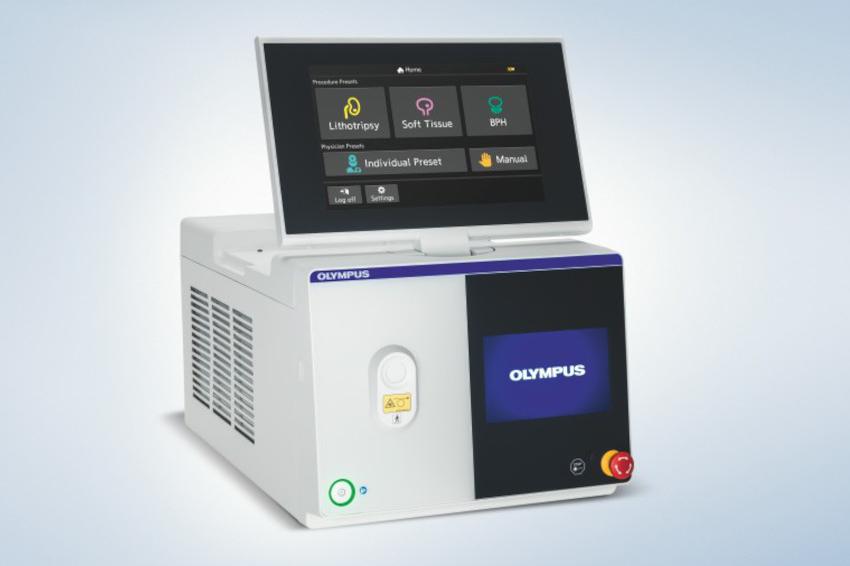Lithoptripsy with thulium fiber lasers
More efficient minimally invasive procedure possible
A new thulium fiber laser system may provide improved outcomes in the treatment of urinary stones for pediatric patients, compared to the current standard for laser lithotripsy. Based on their experience as early adopters of the new technology for treatment of pediatric urinary stones (urolithiasis), Christopher Jaeger, MD, and colleagues of Boston Children's Hospital found a higher stone-free rate with the SuperPulsed Thulium Fiber (SPTF) laser, compared to standard low-power holmium:yttrium-aluminum-garnet (Ho:YAG) lasers.
The researchers evaluated their initial experience with the SPTF laser system in pediatric patients with urinary stones located in the kidney and/or ureter undergoing treatment with laser lithotripsy. In this minimally invasive procedure, an optical fiber is placed in the urinary system through an instrument called a ureteroscope. Laser energy is then delivered through the fiber to break up the stones into pieces small enough to pass in the urine. The analysis included a total of 125 laser lithotripsy procedures in 109 patients, performed between 2016 and 2021. Ninety-three patients were treated using low-power Ho:YAG lasers and 32 using the recently introduced thulium fiber laser. The two groups were similar in terms of age, sex, and number, size, and location of stones.
On their first imaging scan after treatment, 62 % of children were free of any residual stone fragments. The stone-free rate was significantly higher for children treated with the SPTF laser: 70 %, compared to 59 % with the Ho:YAG lasers. On analysis adjusting for other factors, the odds of having a residual fragment after treatment was about 60 % lower in the SPTF laser group. That’s likely to be an important advantage over time, as residual stone fragments of any size can eventually cause problems requiring further treatment. Total operating time was similar between groups, although laser time was longer in the SPTF group. The two laser groups had similar complication rates.
The researchers note that they were early adopters of the SPTF laser system noting its technical advantages over Ho:YAG technology, including a shorter wavelength leading to superior stone ablation efficiency. The beam can be delivered in continuous or pulsed modes across a wide range of energy and frequency settings. The SPTF is also more energy-efficient than Ho:YAG lasers, which can require a complex refrigeration system to dissipate heat. In contrast, the thulium fiber laser unit requires only a fan, resulting in a smaller and much quieter machine.
Previous studies have shown the clinical advantages of the SPTF laser system for treatment of urinary stones in adults. The new study is the first to evaluate the safety and effectiveness of thulium fiber lasers in pediatric patients. While more common in adults, urinary stones appear to be occurring more frequently in children. “The SPTF laser using thulium fiber laser technology is an effective alternative to the low-power Ho:YAG laser for treatment of urolithiasis in pediatric patients,” Jaeger and his colleagues conclude. They emphasize the need for further studies to determine the optimal STPF settings and compare its performance to high-power Ho:YAG lasers. (Source: Wolters Kluwer Health)
Link: Dept. of Urology, Boston Children's Hospital, Boston, USA







